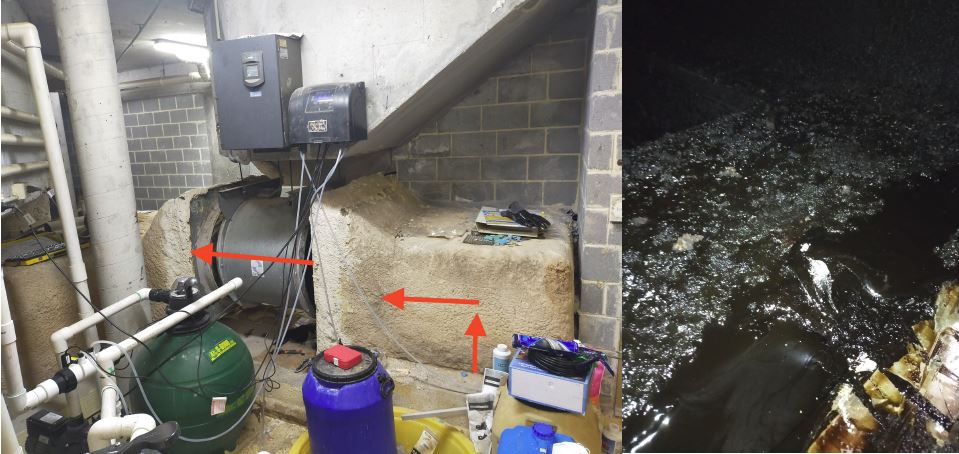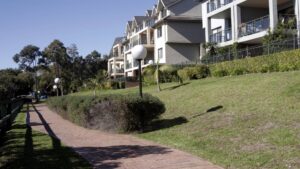Managing Power Outages: A Critical Task for Building Managers
The pandemic has put building ventilation in the spotlight – particularly the quality and quantity of air it circulates. And now more than ever – since HVAC ventilation systems were first widely introduced – it’s crucial they are regularly and properly maintained to help ensure a clean and safe environment, as well as optimal performance and cost efficiency.
But does your building manager know how often to schedule maintenance?
While it’s usually recommended that ventilation systems’ motors, components and ducts be checked, tested and cleaned every four-to-six years and air filters changed every three months, these timings can differ, largely due to the building’s location.
“A building situated near high-traffic roads, a construction site or public works project will be exposed to a greater amount of airborne dust and dirt, which can find its way into the ventilation system’s ducts, compromising its performance and the health and safety of residents,” explains Building Management Australia’s General Manager Ben Mees.
“Ventilation systems exposed to higher-than-average dust and dirt need more regular maintenance. Our building managers closely monitor their ventilation systems, and their knowledge of their building and what is happening around it enables them to better determine whether maintenance is needed more often.”
Why is regular maintenance important?
Thorough professional maintenance of a building’s entire ventilation system enhance its performance, reduces running and replacement costs, and helps ensure a healthy and safe building environment.
“Regular duct cleaning and sanitising and air filter replacement enables the system to circulate clean air throughout the buildings. A build-up of grease, dust, lint and dirt can create a fire risk and an ideal breeding ground for harmful bacteria, including Legionella which can cause Legionnaires’ Disease, and reduce optimal air flow, which is recommended for reducing exposure to COVID-19*,” says Mees.
“Checking and testing the system’s motor and components is also a vital part of regular maintenance, as it identifies any issues and wear and tear early, which reduces the incidence of costly breakdowns, increases its life, and improves its sustainability.”
Mees says that problems can be compounded when poor building design prevents proper maintenance cleaning. “We had a case where openings had to be retro-fitted to enable cleaning to be done. That is costly and time consuming, which reinforces how important it is for foresight to go into a building’s design. It goes a long way to reduce risks and maintenance,” he adds.
Health and safety
As dust, lint and dirt promote the growth of harmful bacteria, mould and fungi, the system’s ducts require thorough cleaning and proper sanitisation.
“Simply opening a clogged duct grill and grabbing accumulated lint and dirt won’t improve air flow or keep everyone safe and healthy. Our building managers organise specialist ventilation system cleaners to perform a thorough ‘deep’ clean and sanitisation and microbial testing of the entire system as needed,” says Mees.
Motor and component maintenance benefits
There are many benefits of regular ventilation system motor and components maintenance including:
• Ensuring optimal performance: by identifying issues and parts that are starting to suffer wear and tear, like erosion, cracks and rust, or have loosened or need lubricating.
• Reducing operating costs: Repairing and replacing damaged parts can improve energy efficiency and reduce the likelihood of costly breakdowns.
• Increasing the system’s longevity, which saves owners money and is kinder to the planet.
• Helping maintain clean, healthy and safe air: The system’s fans, air registers and control dampers play a vital role in maintaining an optimal flow of clean, safe air throughout the building. When operating efficiently, they circulate the correct amount of air needed to create a comfortable, safer environment for residents and reduce moisture within the ducts. “When the interior of the ducts become moist, and stay moist, dangerous bacteria, mould, and fungi grow,” says Mees.
• Improving fire safety: by checking that the system will shut down in a fire and that the fire dampers are set to automatically close and block the further spread of fire when higher than normal temperatures are detected. Dampers are a passive fire protection feature and close when either their thermal element melts or an electronic signal is sent from a fire alarm system.
• Maintaining low noise emission. Parts that have become loose, like fan belts and bearings or simply need lubricating can increase noise levels considerably, impacting residents’ quality of life.




